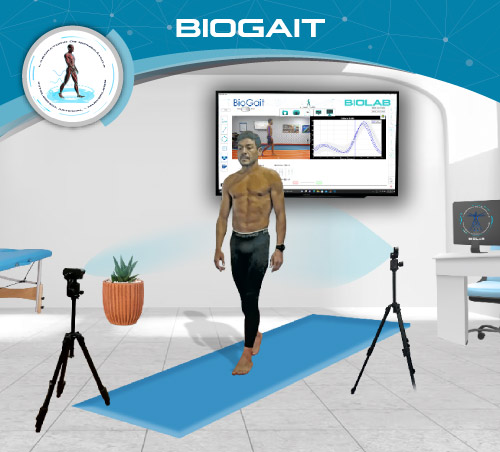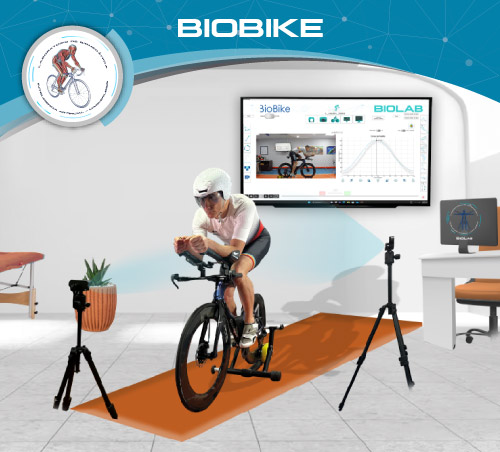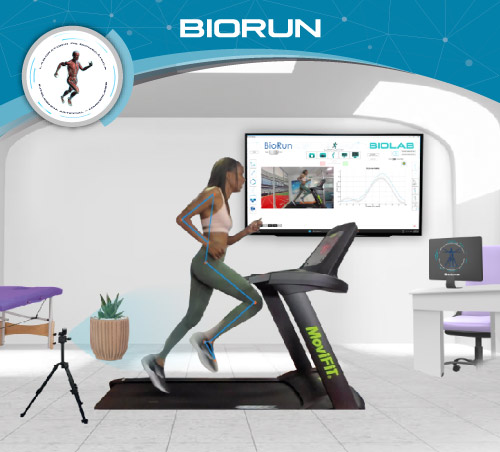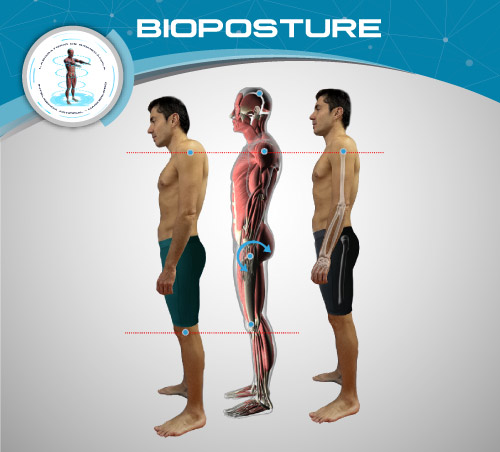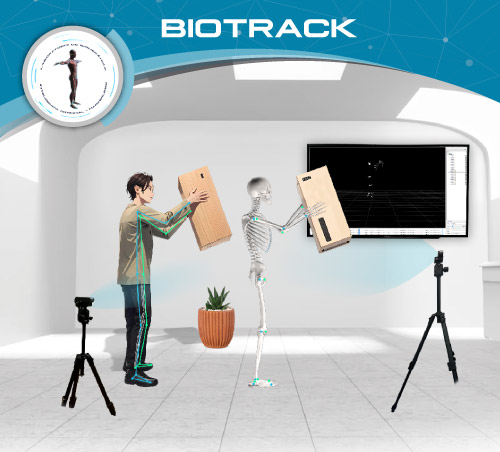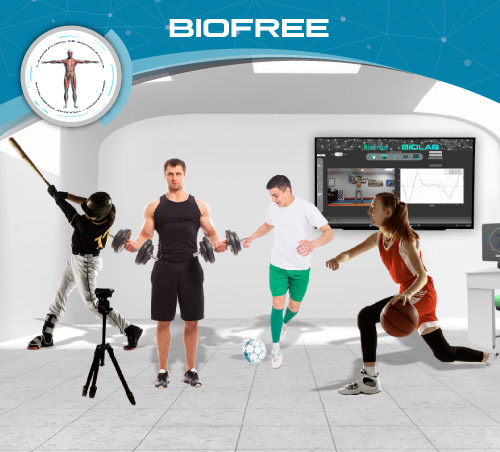¿What is Running Analisys Biomechanics?
Running is a popular sport around the world, but while it is a positive way to improve health and fitness, it is associated with a high risk of injury. Assessing the biomechanics and kinematic patterns of running can help identify the forces exerted on a runner, as well as identify whether these forces are potentially causing or aggravating their symptoms. Running technique, as well as running biomechanics, affect a runner's performance by analyzing and understanding an athlete's chosen movement patterns, we can often significantly improve their “movement efficiency,” resulting in large leaps in performance, elimination of chronic pain and protection against future injuries.
Biomechanical analysis in running involves the study of the mechanical aspects of human movement during running. This analysis can provide valuable insights into various aspects of a runner's performance and help in optimizing technique, preventing injuries, and enhancing overall efficiency. Here are some key benefits of conducting biomechanical analysis in running:
Example of BIORUN movement analysis, biomechanics of running
Injury Prevention:
Identification of biomechanical abnormalities and faulty running mechanics can help in predicting and preventing injuries. Understanding how forces are distributed during running can guide interventions to reduce the risk of overuse injuries.
Performance Enhancement:
Optimization of running form based on biomechanical analysis can lead to improved efficiency and performance. Identifying areas of improvement in technique can help athletes enhance their running economy and speed.
Gait Analysis:
Gait analysis provides a detailed assessment of a runner's stride, foot strike pattern, and overall gait mechanics. Understanding gait characteristics can assist in making personalized recommendations for footwear, orthotics, or training modifications.
Benefit of Running Biomechanics
Training Program Optimization:
Biomechanical analysis can help coaches and athletes tailor training programs to address specific weaknesses or imbalances.
Insights into running mechanics can guide the development of targeted exercises to improve strength, flexibility, and coordination.
Rehabilitation Planning:
For injured runners, biomechanical analysis can be used to identify movement patterns that may contribute to injuries.
Rehabilitation programs can be designed based on these findings to correct imbalances and promote proper mechanics.
Equipment Selection:
Understanding individual biomechanics can aid in selecting appropriate footwear and running gear.
Customized recommendations can be made to address specific needs, such as stability or cushioning requirements.

Biomechanical Research:
Biomechanical analysis contributes to scientific research on running mechanics, leading to a better understanding of human movement and performance.
Research findings can inform the development of training techniques, injury prevention strategies, and equipment design.
Monitoring Progress:
Regular biomechanical assessments allow for the monitoring of changes in running mechanics over time.
Athletes and coaches can track progress and adjust training plans accordingly.
In summary, biomechanical analysis in running provides a comprehensive understanding of how the body moves during this activity. By leveraging these insights, athletes, coaches, and healthcare professionals can work collaboratively to optimize performance, prevent injuries, and promote overall well-being.
Biomechanical analysis can help coaches and athletes tailor training programs to address specific weaknesses or imbalances.
Insights into running mechanics can guide the development of targeted exercises to improve strength, flexibility, and coordination.
¿What is biobike biomechanics?
BioBike is a Biomechanics Laboratory for cycling, based on Artificial Intelligence with Neural Networks, which calculates the kinematics of the cyclist, or on the round in simulator. It belongs to the BIOLAB family that has other modules such as Gait (BIOGAIT) Posture (BIOPOSTURE), Running (BIORUN) and free measurements (BIOFREE) and Motion Capture (BIOTRACK).
The joint centers of the human body are calculated based on the shape of the biker and its movement, thus eliminating the need for markers and allowing the Bikefitter to be very accurate in his evaluations.
HOW DOES BIOBIKE WORK?
Through ingenious Artificial Intelligence algorithms, Neural Networks, and more than 18 years of Biomechanics experience, we have created a system that recognizes the human body in motion, in small spaces, indoors and outdoors, calculates the joint centers and consequently builds customized Cycling reports, supported also by digital video, making the Bikefitter's work much easier, intuitive and flexible compared to conventional Bikefit labs.
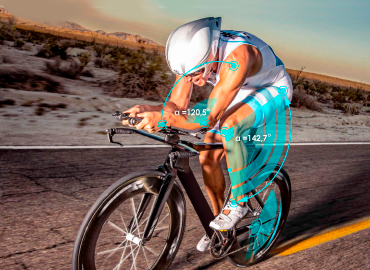
Bike fitting
BioPosture is a Postural Analysis system
BioPosture is a Postural Analysis system, based on Artificial Intelligence and Neural Networks, which calculates the most representative postural parameters of the human body. It belongs to the BIOLAB family that has other modules such as Gait (BIOGAIT), Running (BIORUN), Cycling (BIOBIKE) and free measurements (BIOFREE) and Motion Capture (BIOTRACK).
HOW DOES BIOPOSTURE BIOMECHANICS WORK?
Through an ingenious Artificial Intelligence algorithm, the use of Neural Networks, and more than 18 years of experience in understanding the user's needs, we have created a system that allows us to recognize the human body in motion, in small spaces, indoors and outdoors, and calculate its joint centers and consequently build customized posture reports, making the evaluator's job much easier, intuitive and flexible compared to conventional Postural Analysis Systems.



